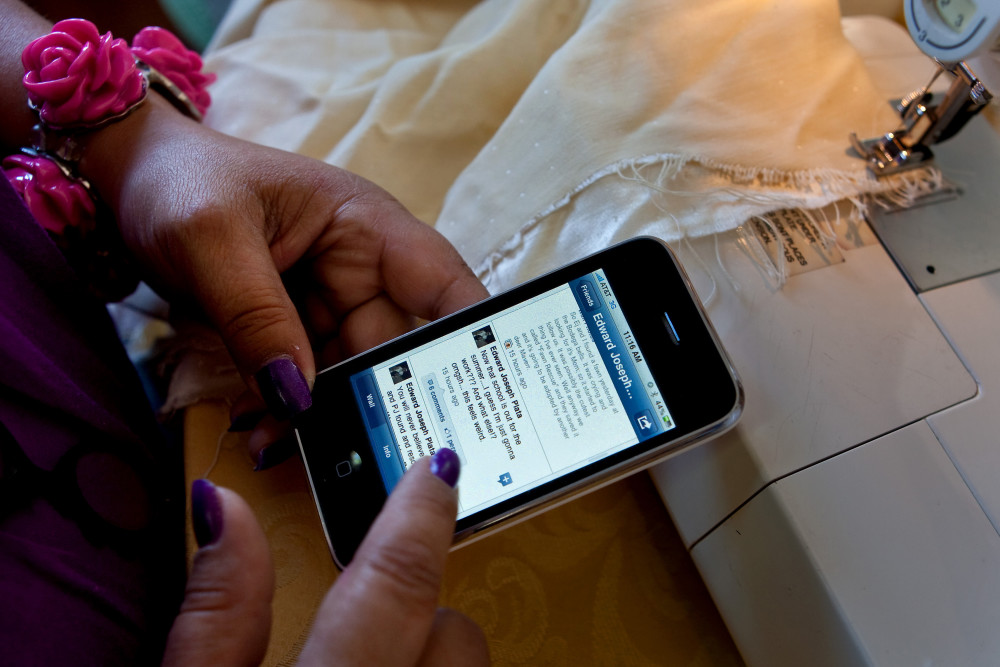Editorial
San Francisco Chronicle
WWR Article Summary (tl;dr) No one is ready to condemn the handhelds yet, especially in a era that has swung wholeheartedly toward universal smartphone use. However, the California Department of Public Health is weighing in with mild guidelines that come close to suggesting that there’s uncertain harm.
San Francisco Chronicle
There’s no more ubiquitous feature of modern life than smartphones. Convenience, necessity and plain fun make the devices a near requirement, but it all comes with a niggling doubt: Is there a health risk to a device that’s become almost a human appendage?
All those pinging messages may take a toll — or may not.
The research on a relatively new product hasn’t turned up definitive results so far. But that’s not stopping the California Department of Public Health from weighing in with mild guidelines that come close to suggesting that there’s uncertain harm.
Studies elsewhere haven’t found serious danger. But that conclusion comes with a caveat.
As people use the devices, more often and at an earlier age, health risks could eventually show up. A Kaiser Permanente study of hundreds of pregnant Bay Area women found a higher rate of miscarriage for those exposed to radiation emitted by cell phones, power lines and wireless networks.
But correlation is not necessarily proof of causation, meaning that more research needs to be done.
Health dangers indicated in other studies include brain tumors, lower sperm count and impacts on memory, learning and sleep.
No one is ready to condemn the handhelds yet, especially in a era that has swung wholeheartedly toward universal smartphone use. Some 95 percent of Americans carry a phone. The average age for the first use of a device is 10 years old. Surely the danger would have shown up by now, defenders say, while doubters note that the rate of exposure is growing by the day.
State health officials are flashing a yellow light. Their guidelines are tame and considered. The research is “evolving” on radio frequency energy coming from cell phones, and the science world is anything but united.
Still, if people want to take steps to minimize risk, the agency has suggestions that can put daylight between a user and smartphone. On the list is parking a smartphone away from the bedside table at night, storing the device in a purse or backpack instead of a pocket during the day, and generally keeping the phone at a distance from the body. Ease back on phone use when the signal is weak, because that makes the device expend more radiation-emitting energy to line up coverage.
Such advice sounds easy to accept. But coming from a major state agency, the idea of preventive steps to decrease exposure is sending a message. There are hundreds of millions of phones in this country, and California’s top health experts aren’t convinced there’s no human risk. That doubt should lead consumers and scientists to want to know more and minimize harm in the meantime.
This commentary is from The Chronicle’s editorial board. We invite you to express your views in a letter to the editor. Please submit your letter via our online form: SFChronicle.com/letters.














































































































































































































































































































































































